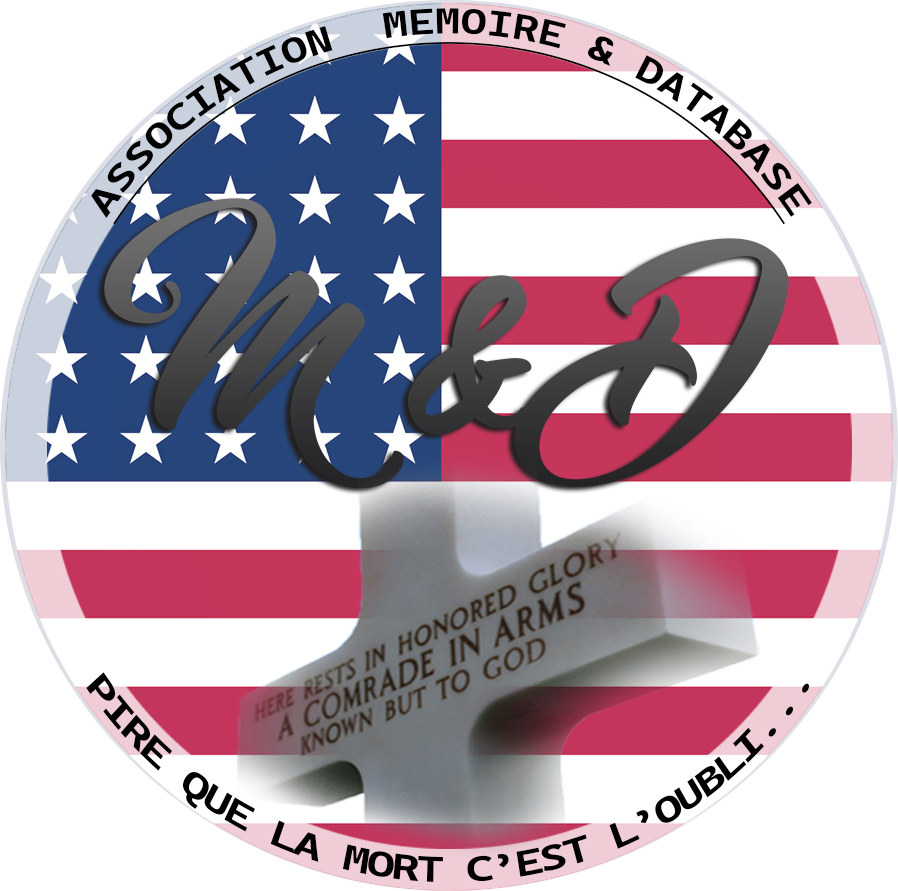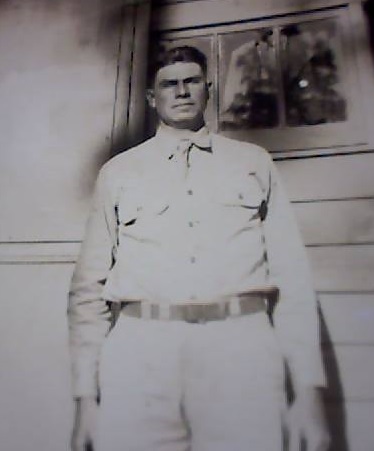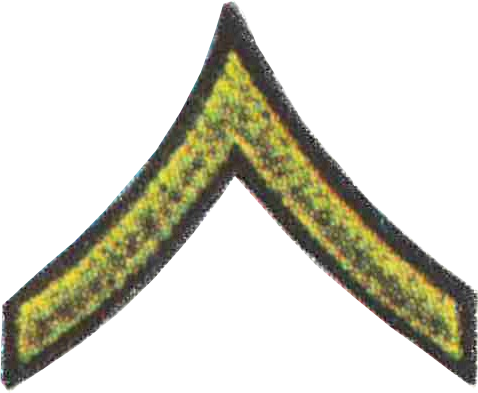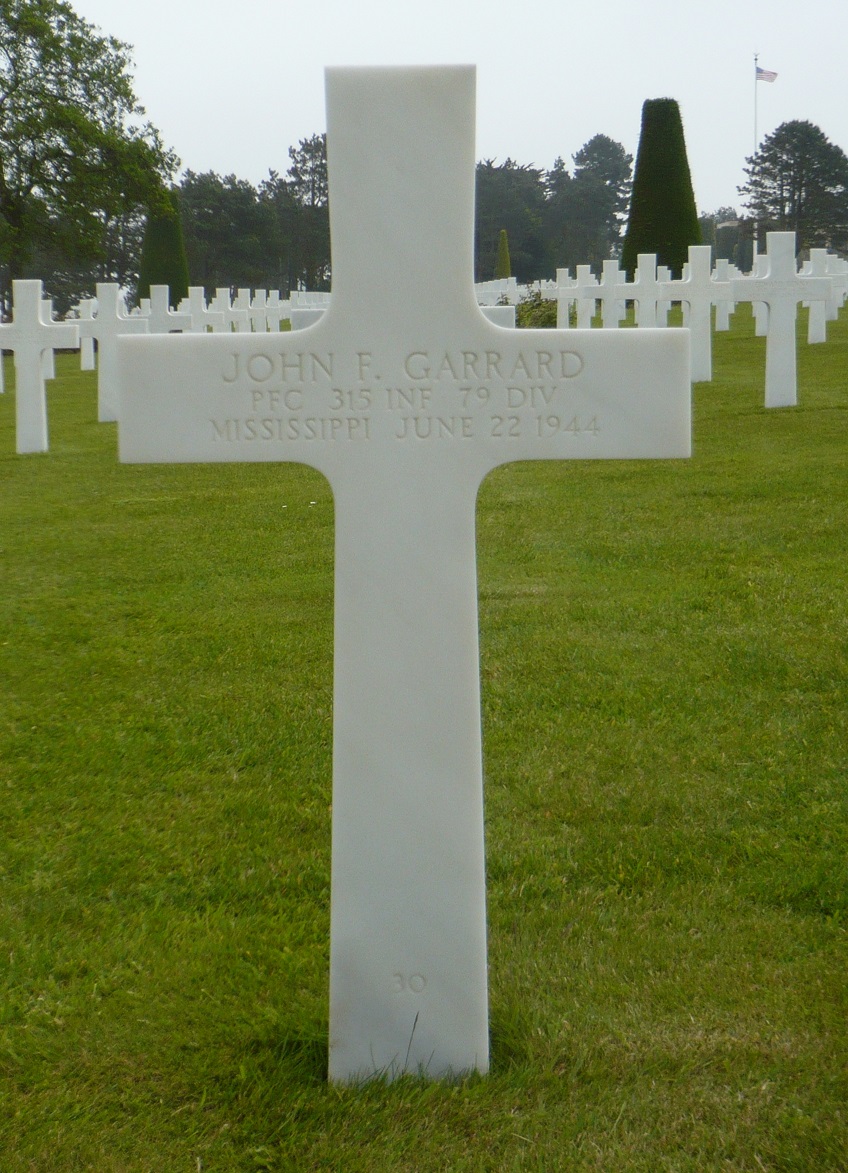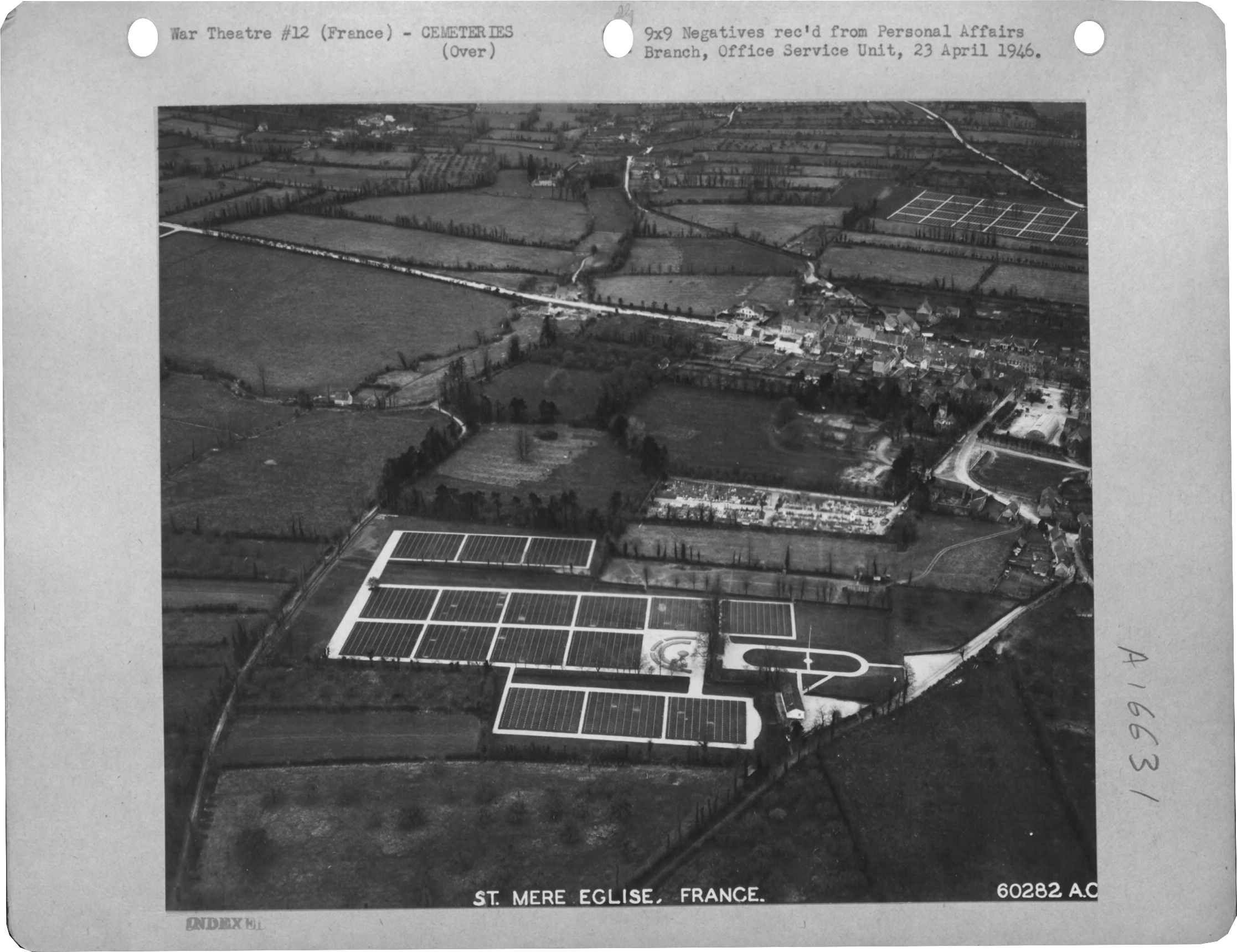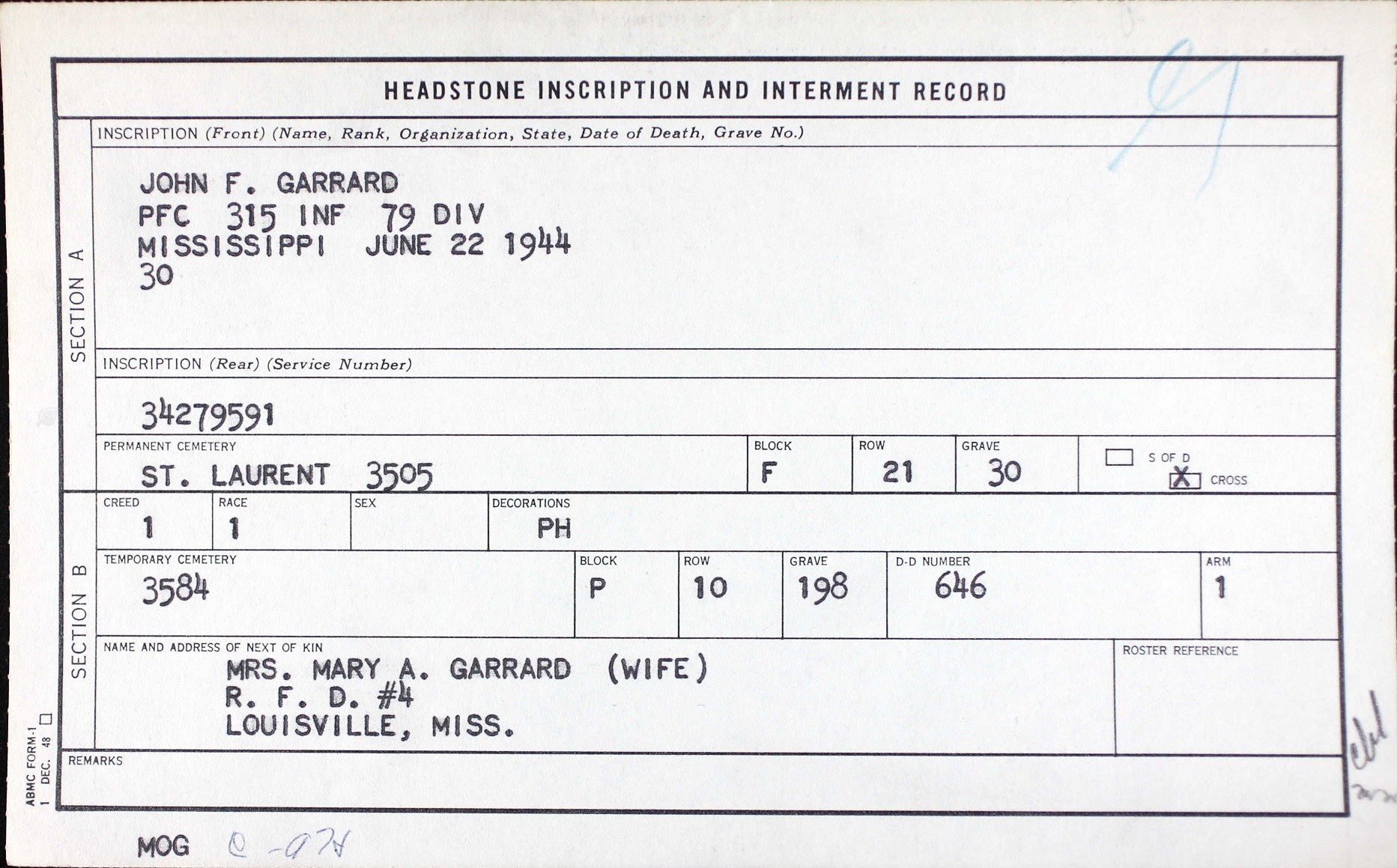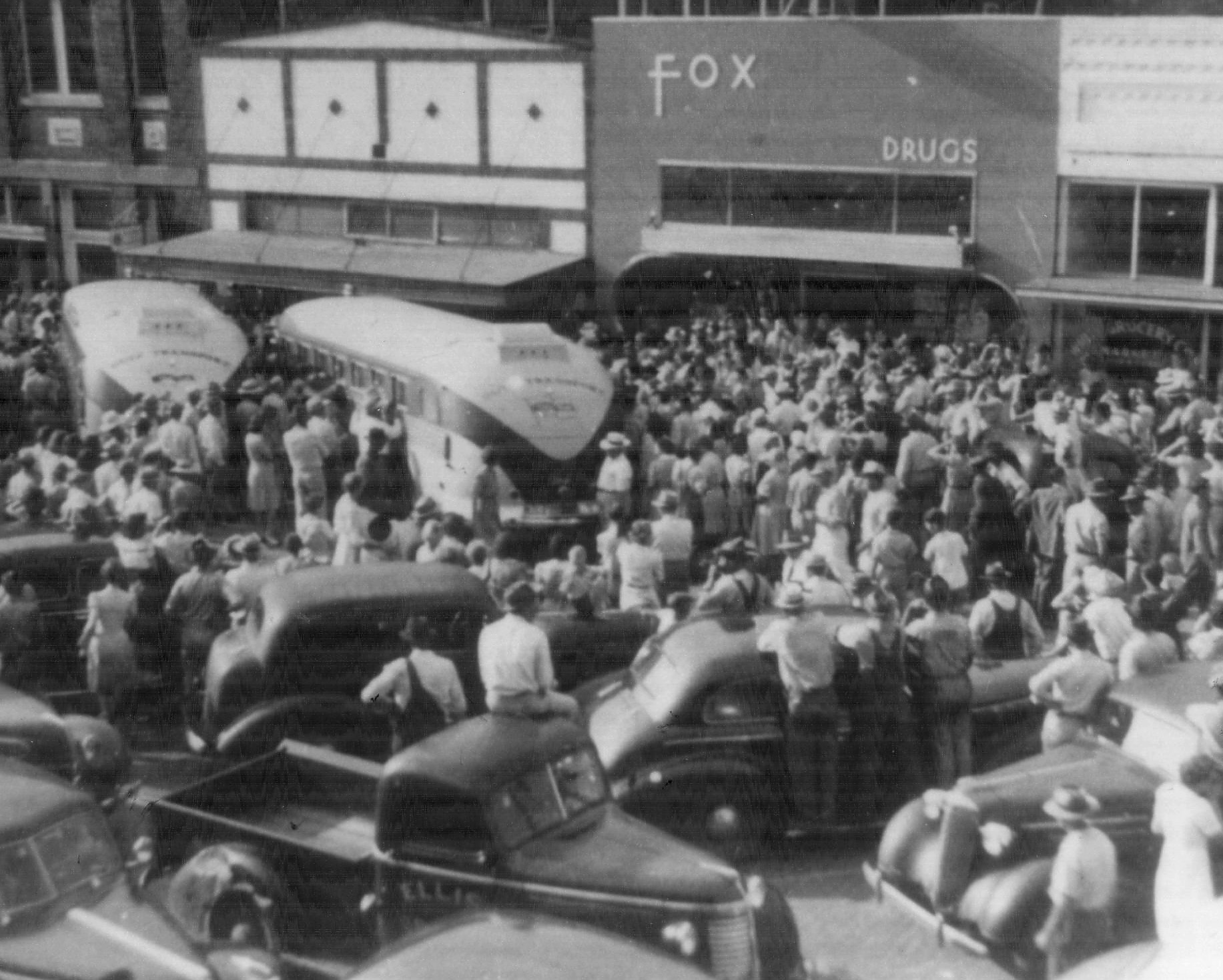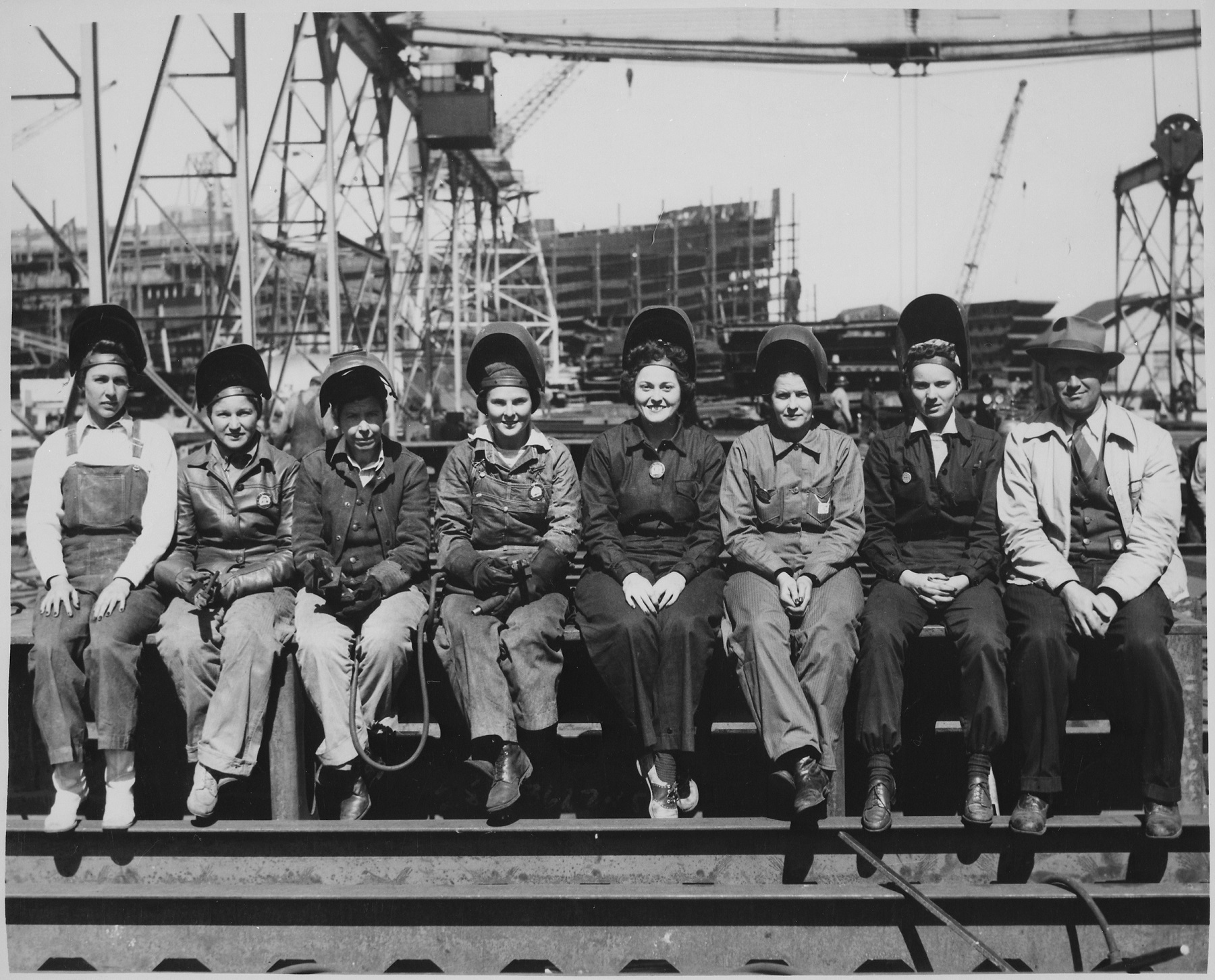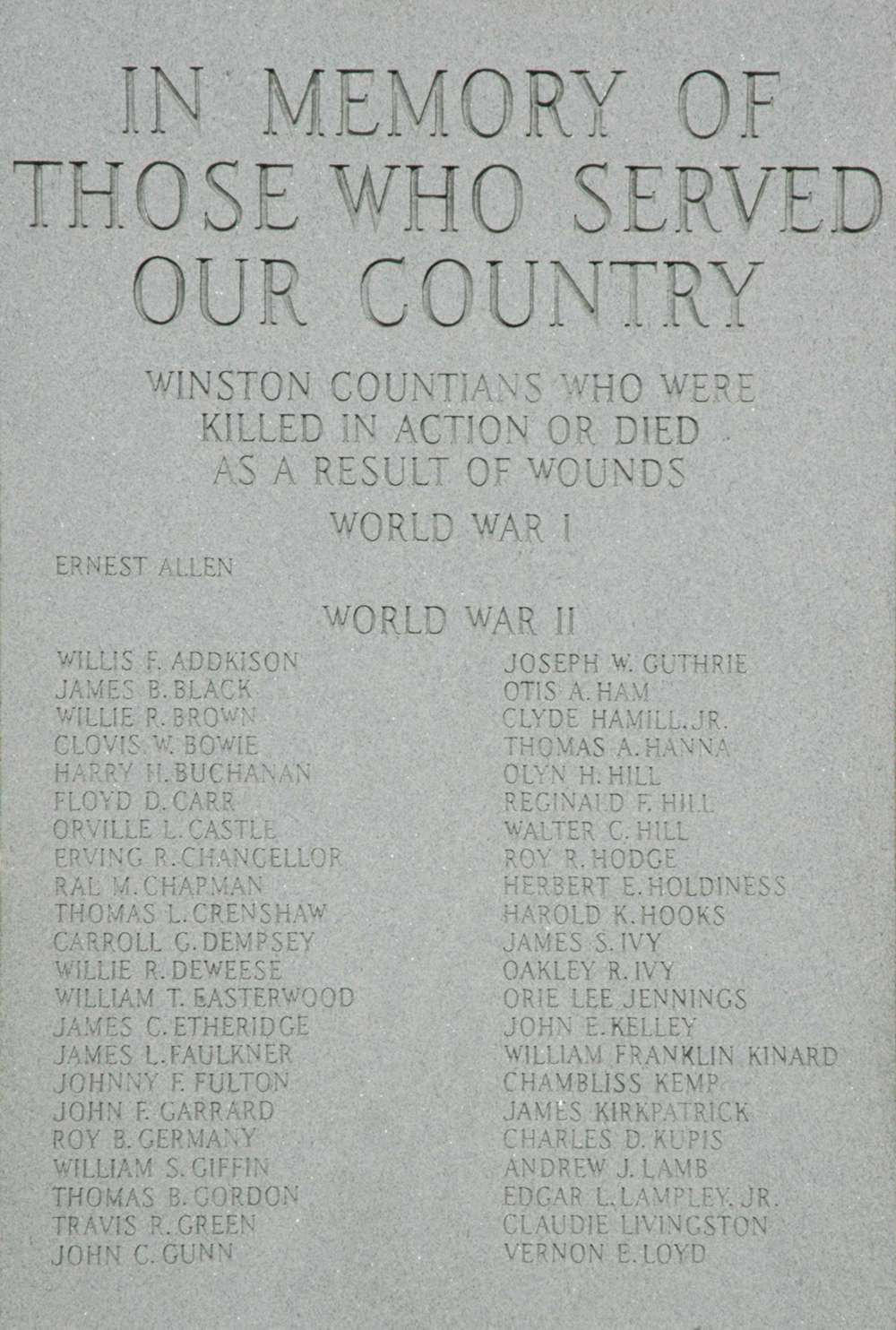|
John Franklin GARRARD
| ||||||||||||||||||||||||
|---|---|---|---|---|---|---|---|---|---|---|---|---|---|---|---|---|---|---|---|---|---|---|---|---|
|
Source : Nhdsilentheroes.org | ||||||||||||||||||||||||
| NUMBER OF SERVICE | 34279591 | |||||||||||||||||||||||
| AGE | 33 yo | |||||||||||||||||||||||
| DATE OF BIRTH | 1910 MISSISSIPPI | |||||||||||||||||||||||
| ENLISTMENT STATE | MISSISSIPPI | |||||||||||||||||||||||
| FAMILY |
Parents : John Weldon & Miram Josephine Durann GARRARD Siblings : Luther Lee, James Harvey, Elnora Irene, Joe M, Cora Inez, Alvin Alonzo & Willis Weldon | |||||||||||||||||||||||
| RANK |
| |||||||||||||||||||||||
| FONCTION | Infantry Man | |||||||||||||||||||||||
| JOB BEFORE ENLISTEMENT | Farm hands, general farms |  | ||||||||||||||||||||||
| DATE of ENLISTEMENT | 12 June 1942 Camp Shelby MISSISSIPPI | |||||||||||||||||||||||
| COMPANY | Company D | |||||||||||||||||||||||
| REGIMENT | 315th Infantry Regiment | |||||||||||||||||||||||
| DIVISION | 79th Infantry Division | |||||||||||||||||||||||
| DATE OF DEATH | 22 June 1944 |
Source : Frogman | ||||||||||||||||||||||
| STATUS | KIA | |||||||||||||||||||||||
| PLACE OF DEATH | ||||||||||||||||||||||||
| CEMETERY TEMPORARY |
CEMETERY TEMPORARY of St Mère Eglise #1 N°3584
| |||||||||||||||||||||||
| CEMETERY | NORMANDY AMERICAN CEMETERY of Colleville | |||||||||||||||||||||||
| GRAVE |
| |||||||||||||||||||||||
| DECORATION |
| |||||||||||||||||||||||
|
| ||||||||||||||||||||||||
| STORY | ||||||||||||||||||||||||
| Contributed by Isaiah McKay Mentored by Mr. Al Wheat McComb High School 2014-2015 |
Source : Nhdsilentheroes.org | |||||||||||||||||||||||
Early LifeJohn F. Garrard was born in 1909 to Willton and Marme Garrard in Winston County, Mississippi. Garrard was born into hard times: the nearest city to where he lived, Louisville, was small with a relatively low income. He grew up with nine siblings: Luther, James, Elnora Irene, Joe, Cora, Willie, Alvin, Willis, and Homer. Garrard worked on his family farm part-time until he finished the fifth grade. Once he had his basic academics completed, he worked on the farm full time, a concept that was common in rural Mississippi. Due to the rapid mechanization of farm labor, fewer hands were needed in the fields. John was drafted into the U.S. Army in 1942. It is still unknown as to when Garrard married. He was listed single upon enlistment into the military, but his military headstone inscription and internment record lists Mary A. Garrard of Louisville, Mississippi, as his wife. | ||||||||||||||||||||||||
|
John Garrard in his military uniform. Courtesy of the Garrard Family. Source : Nhdsilentheroes.org |
HomefrontMississippi did not have the industry that some states had, with its primary industry during the war being Ingalls Shipbuilding on the Gulf Coast. By the close of the war, the shipyard had built over 70 ships for the war effort. Just north of Garrard’s home county in Prairie, Mississippi, a large ordnance plant was built. Outside of these two outliers, however, Mississippi stayed primarily agricultural during the war. Crop production increased during the war. This influx of demand led to more money, which led many farms to modernize. While this increased production, it also led to some job losses as farms became less dependent on “hands-on” workers. To help these people find work and continue the Mississippi’s economic increase, the War Manpower Commission (WMC) encouraged many to join the armed forces. Mississippi was home to two central military installations during World War II: Camp Shelby in Hattiesburg and Keesler Air Field (now Keesler Air Force Base) in Biloxi. Camp Shelby, at its peak, held over 50,000 servicemen and women, including Private First Class John Garrard. Keesler, at its peak, was the largest airbase in the war and trained over 500,000 pilots and mechanics for the war. The above situations, in particular the disappearing farm jobs, led to more racism in the state of Mississippi, which increased after the war. African Americans held the majority of the farm jobs, so they felt the brunt of the job loss. Farm labor came under the control of the U.S. Department of Agriculture (USDA), over which the farm and plantation owners in Mississippi had significant control. This protected their interests and prevented further African American independence. | |||||||||||||||||||||||
Military ExperienceJohn Garrard was a part of the 315th Infantry Regiment in the 79th Infantry Division. The 315th Infantry Regiment had a very arduous route to land on Omaha Beach in June of 1944. Before landing, Garrard was initially stationed at Camp Shelby, a large Army base in Hattiesburg, Mississippi. He completed his summer training in Yuma, Arizona, and his winter training in Kansas before finally arriving in Liverpool in April 1944. Garrard was an infantryman in the war, serving as the first line of defense during the invasion and following plans. They were truly the “workhorses” of the military, often responsible for transporting goods in addition to fighting. It was during these missions that Private Garrard lost his life. After landing on Omaha Beach, it was the responsibility of the 79th Infantry Division to travel up the Cherbourg peninsula and capture the city of Cherbourg itself. Outside of Tollevast, France, Private Garrard lost his life on June 22, 1944. Following the attack outside of Tollevast, the 79th Infantry Division continued with their objectives: they took the city of Cherbourg and then continued throughout the French countryside. |
Downtown Louisville, Mississippi in the 1940s, showing busses picking up men joining the armed forces. Courtesy of Winston County, US GenWeb Project. Source : Nhdsilentheroes.org | |||||||||||||||||||||||
|
Female welders from the Ingalls Shipbuilding Corporation in Pascagoula, Mississippi, 1943. National Archives and Records Administration (522890). Source : Nhdsilentheroes.org |
EulogyJohn Garrard was born and raised outside of Louisville, Mississippi, in 1909. He lived with his parents and eight siblings, of which he was neither the youngest nor the oldest. Throughout his youth, Garrard worked on the family farm. After getting his primary education at the elementary school level, he eventually dropped out of school to work full time on the family farm with his aging parents. In 1942, Garrard was drafted into the United States Army. Little did he know that this would be no ordinary experience, and no training would ready him for the arduous task ahead that would sadly end his days on this earth. Garrard became part of the 79th Infantry Division, 315th Infantry Regiment, Company B. He reported to Camp Shelby for basic training. He then completed summer training in Yuma, Arizona, and winter condition training in Kansas. Garrard and his division arrived in Liverpool, England, in April 1944. His division was then part of the Omaha Beach invasion, arriving on D-Day +6. The 315th Infantry Regiment landed further up Omaha Beach than the leading group of Infantrymen. John F. Garrard died, via a gunshot wound in his throat, while facing heavy opposition on the approach to Cherbourg, France, on June 22, 1944. He is now resting between these two individuals at this site who also gave their lives for freedom. | |||||||||||||||||||||||
|
John Garrard’s name on the World War II Memorial in Winston County, Mississippi. Courtesy of Ancestry.com. Source : Nhdsilentheroes.org | ||||||||||||||||||||||||
Activated/Activé |
Normandy/Normandie |
| 15 Jun 1942 | Days of Combat/Jour de Combat 248 |
| Casualties/Victimes 15 203 | |
Entered Combat/Entré au combat |
|
| 19 Jun 1944 Normandy | |
|
Commanding Generals/Commandants généraux Maj. Gen. Ira T. Wyche (Jun 42 - May 45) |
Campaigns/CampagnesNormandy (6 Jun 44 - 24 Jul 44)
|
PLAN DE ROUTE DE LA CAMPAGNE - CAMPAIGN ROUTE MAP |
|
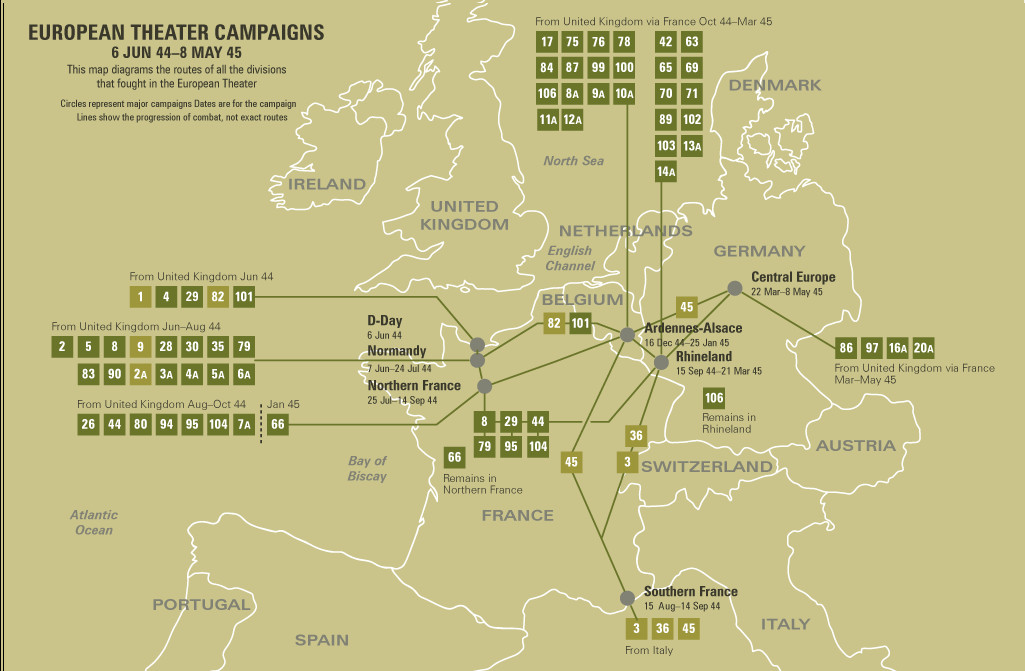 |
|
DIVISION CHRONICLEAprès s'être entraînée au Royaume-Uni à partir du 17 avril 1944, la 79th Infantry Division débarque à Utah Beach, en Normandie, du 12 au 14 juin et entre en combat le 19 juin 1944 sur les hauteurs ouest et nord-ouest de Valognes. Cherbourg. La Division prend Fort du Roule après un engagement fort et est entrée à Cherbourg, le 25 juin. Il a tenu une ligne défensive à la rivière d'Ollonde jusqu'au 2 juillet 1944 et est ensuite retourné à l'offensive, prenant la Haye du Puits dans les combats de porte à porte, le 8 juillet. Le 26 juillet, le 79e attaqua de l'autre côté de la rivière Ay, prit Lessay, traversa la Sarthe et entra au Mans le 8 août, ne rencontrant qu'une faible résistance. L'avancée se poursuit de l'autre côté de la Seine, le 19 août. Les contre-attaques allemandes lourdes ont été repoussées du 22 au 27 août et la Division a atteint la rivière Therain le 31 août. Passant rapidement à la frontière franco-belge près de Saint-Amand, la division rencontre une forte résistance en prenant Charmes dans les combats de rue, le 12 septembre. La 79ème traversée de la Moselle et de la Meurthe, du 13 au 23 septembre, a nettoyé la Foret de Parroy dans un engagement sévère, du 28 septembre au 9 octobre, et a attaqué pour gagner des hauteurs à l'est d'Embermenil, 14-23 octobre. , 24 octobre. Après le repos et l'entraînement à Lunéville, la division est revenue au combat avec une attaque de la région de Mignevine -Montiguy, le 13 novembre 1944, qui a traversé les rivières Vezouse et Moder, du 18 novembre au 10 décembre, en passant par Haguenau malgré la résistance déterminée de l'ennemi. dans la ligne Siegfried, 17-20 décembre. La division tenait une ligne de défense le long de la Lauter, à Wissembourg du 20 décembre 1944 au 2 janvier 1945, date à laquelle elle se replia sur les défenses de la ligne Maginot. La tentative allemande d'établir une tête de pont à l'ouest du Rhin à Gambsheim a donné lieu à des combats furieux. Le 79e a battu les attaques allemandes à Hatten et Rittershoffen dans une bataille de 11 jours avant de se replier vers de nouvelles positions défensives au sud de Haguenau sur la rivière Moder, le 19 janvier 1945. La Division est restée sur la défensive le 6 février 1945. En février et mars 1945, la Division retourne au combat, le 24 mars 1945, traverse le Rhin, traverse le canal Rhin-Herne le 7 avril, sécurise la rive nord de la Ruhr et participe au dégagement de la poche de la Ruhr jusqu'au 13 avril. La division a ensuite successivement occupé des fonctions d'occupation dans les régions de Dortmund, des Sudètes et de Bavière jusqu'à son retour aux États-Unis et son inactivation. |
CHRONIQUE DE DIVISIONAfter training in the United Kingdom from 17 April 1944, the 79th Infantry Division landed on Utah Beach, Normandy, 12-14 June and entered combat 19 June 1944, with an attack on the high ground west and northwest of Valognes and high ground south of Cherbourg. The Division took Fort du Roule after a heavy engagement and entered Cherbourg, 25 June. It held a defensive line at the Ollonde River until 2 July 1944 and then returned to the offensive, taking La Haye du Puits in house-to-house fighting, 8 July. On 26 July, the 79th attacked across the Ay River, took Lessay, crossed the Sarthe River and entered Le Mans, 8 August, meeting only light resistance. The advance continued across the Seine, 19 August. Heavy German counterattacks were repulsed, 22-27 August, and the Division reached the Therain River, 31 August. Moving swiftly to the Franco-Belgian frontier near St. Amand, the Division encountered heavy resistance in taking Charmes in street fighting, 12 September. The 79th cut across the Moselle and Meurthe Rivers, 13-23 September, cleared the Foret de Parroy in a severe engagement, 28 September-9 October, and attacked to gain high ground east of Embermenil, 14-23 October, when it was relieved, 24 October. After rest and training at Luneville, the Division returned to combat with an attack from the MignevineMontiguy area, 13 November 1944, which carried it across the Vezouse and Moder Rivers, 18 November-10 December, through Haguenau in spite of determined enemy resistance, and into the Siegfried Line, 17-20 December. The Division held a defensive line along the Lauter River, at Wissembourg from 20 December 1944 until 2 January 1945, when it withdrew to Maginot Line defenses. The German attempt to establish a bridgehead west of the Rhine at Gambsheim resulted in furious fighting. The 79th beat off German attacks at Hatten and Rittershoffen in an 11-day battle before withdrawing to new defensive positions south of Haguenau on the Moder River, 19 January 1945. The Division remained on the defensive along the Moder until 6 February 1945. After resting in February and March 1945, the Division returned to combat, 24 March 1945, crossed the Rhine, drove across the Rhine-Herne Canal, 7 April, secured the north bank of the Ruhr and took part in clearing the Ruhr Pocket until 13 April. The Division then went on occupation duty, in the Dortmund, Sudetenland, and Bavarian areas successively, until its return to the United States and inactivation. |
| SOURCE INFORMATION & PHOTO | Armydivs.squarespace.com |
|---|
| SOURCE INFORMATION & SOURCE PHOTO | Aad.archives.gov - Findagrave.com - Abmc.gov - Nhdsilentheroes.org - Fold3 |
|---|---|
| PROGRAMMER | Henri, Garrett, Clive, Frédéric & Renaud |


